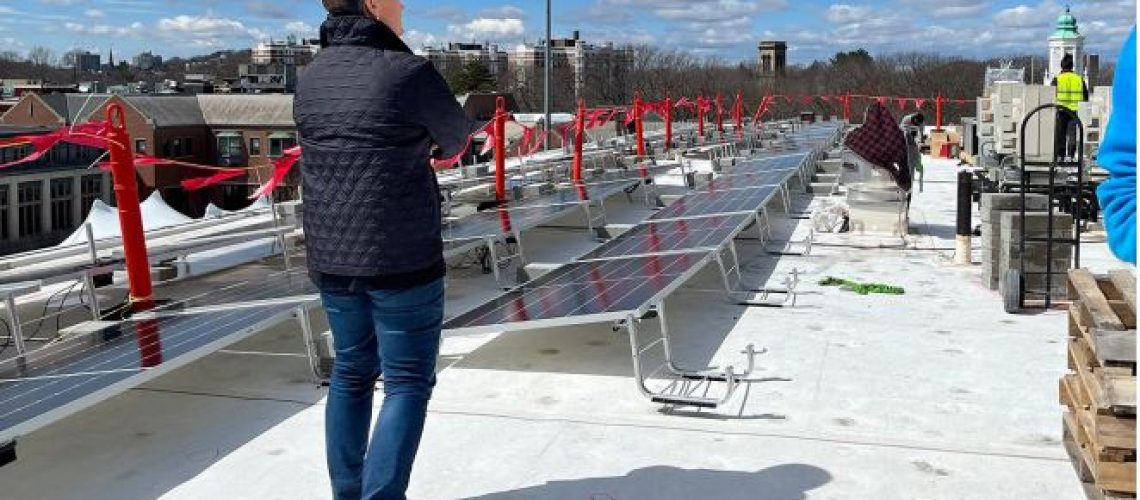Over 1.8 GW of solar is installed at nearly 9,000 schools across the United States, said a report from Generation180.
Schools in the United States from kindergarten through high school are adopting solar energy in significant numbers. A report from Generation180 found that one in nine students in K-12 have solar at their school.
Energy is second only to teacher salaries when it comes to cost, according to NREL, and U.S. schools spend more than $6 billion a year on the line item. Solar presents an opportunity for schools to alleviate budget pressure, often at little or no upfront cost, freeing up funds for more educational benefits.
Schools often sign a power purchase agreement (PPA) when going solar, allowing the school to buy the electricity produced by the solar installation for 10 to 25 years at a discounted rate, serving up cost savings from day one. Generation180 said about 80% of schools go for the PPA route, while about 12% opt for direct ownership via cash, loan, or bond, and 8% own the system through grants, government funds, or private donations.
Generation180 has tracked school solar data since 2014. Over the ten year span of the report, solar capacity at schools has more than quadrupled from 422 MW to 1,814 MW. Nearly 9,000 schools now have solar, and the average system size has grown about 50% from 134 kW to 202 kW.
“During the past ten years, the falling installation price made going solar an affordable option for more schools. Between 2014 and 2024, the cost to install solar dropped by 40%,” said the report from Generation180. “There has never been a better time for schools to flip the switch to clean energy.”
California has the most solar schools in the nation with 2,815, this is followed by New Jersey (696), Illinois (568), Arizona (411), and Connecticut (336). In terms of percent of schools that have adopted solar, the rooftop solar-friendly state of Hawaii leads the way with 30% of schools, followed by Connecticut (27%) and Washington D.C. (24%).
As for energy storage, which is increasingly being attached to solar projects from the residential to the utility-scale, schools have yet to adopt this technology. As of January 2024, approximately 40 schools across six states had installed battery storage with a cumulative power capacity of 7.7 MW, according to Generation180.
“Excess energy produced by the solar panels can be stored for later use,” said Generation180 on the benefits of storage. “The stored energy can be discharged to the grid when electricity rates are peaking, resulting in utility bill savings. During grid outages, energy storage can be used to power the building and keep the school operating for students or as a community shelter during natural disasters.”
Generation180 said there is much to look forward to with the buildout of solar on schools. Projects are being built via federal funding allocated by the Bipartisan Infrastructure Law, including over $3.1 billion in funding already awarded to K-12 public schools through the EPA Clean School Bus Program and Department of Energy’s Renew America’s Schools Program.
Furthermore, the first clean energy tax credit payments, enabled by Elective Pay, or direct pay, in the Inflation Reduction Act will be issued to schools in 2024. Under IRA, schools can qualify for up to a 50% tax credit when combining the base credit 30% with a domestic content bonus of 10% and an Energy Community bonus of 10%.
Popular content




